Ciudades y Cultura
Adviento romántico: galletas, calendarios de Adviento, San Nicolás y mercadillos navideños
Cuando una gruesa capa de nieve cubre la tierra, cuando las luces brillan en los abetos y el olor a clavo y canela llena el aire, es la época de Navidad. Ya sea horneando galletas, haciendo decoraciones navideñas o cantando canciones: numerosas tradiciones en Alemania crean atmósferas increíbles durante el mes de diciembre, y endulzan especialmente la espera de los niños ante la llegada de la Nochebuena, cuando Santa Claus trae los regalos.
Numerosas costumbres y tradiciones endulzan la oscura época de diciembre en Alemania y hacen que los días hasta Navidad pasen volando. Algunas tradiciones son antiguas costumbres invernales paganas, otras son de origen cristiano que se han ido extendiendo por todo el mundo. También hay muchas tradiciones regionales. En Sajonia, por ejemplo, los "mineros" con vestimenta tradicional caminan durante el Adviento por las calles en memoria de la época de las minas. En el Alto Palatinado, en cambio, un bendito retrato de la Virgen María se pasa de casa en casa durante la temporada de Navidad hasta que vuelve a la iglesia el 24 de diciembre.
Todo el país está de acuerdo en un punto. El Adviento, con su magia muy especial, las velas parpadeantes durante las largas noches de invierno, los seductores aromas del vino caliente y las galletas recién horneadas y las canciones que resuenan en las iglesias y mercados, es una de las épocas más hermosas del año. La temporada de Navidad es la mejor época para descubrir el lado romántico de Alemania.
Corona de Adviento: Y cuando arda la cuarta vela...
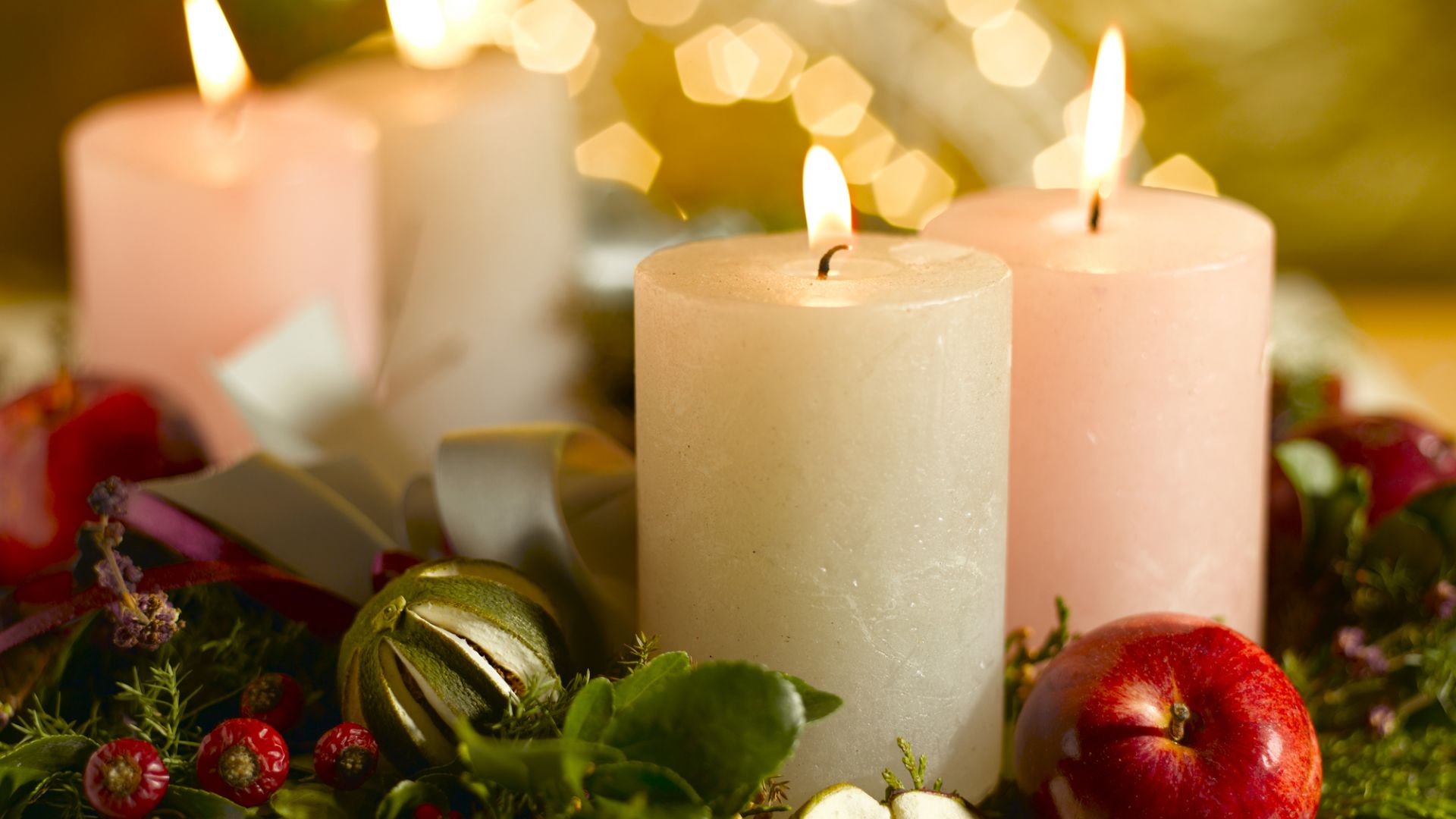 Advent wreath with burning candles
©gettyimages (gzorgz)
Advent wreath with burning candles
©gettyimages (gzorgz)
"Adviento, Adviento, una pequeña luz está ardiendo. Primero uno, luego dos, luego tres, luego cuatro, luego el Niño Jesús está en la puerta," es como se oye la canción que los niños cantan durante la temporada de Adviento. Desean que llegue con todo su corazón el cuarto domingo de Adviento. Ese día, se encienden finalmente las cuatro velas de la corona hecha de ramas de abeto. Así sabemos que la Navidad está cerca.
La corona de Adviento tiene una tradición de casi 200 años en Alemania. Originalmente, había una vela en la corona de Adviento por cada día de la semana de Adviento, para que fuera fácil contar cuántos días faltaban para Nochebuena. Hoy sólo hay cuatro velas y cada domingo de Adviento se enciende otra vela en la corona de Adviento.
Calendario de Adviento: abre 24 puertecitas mientras llega la Navidad
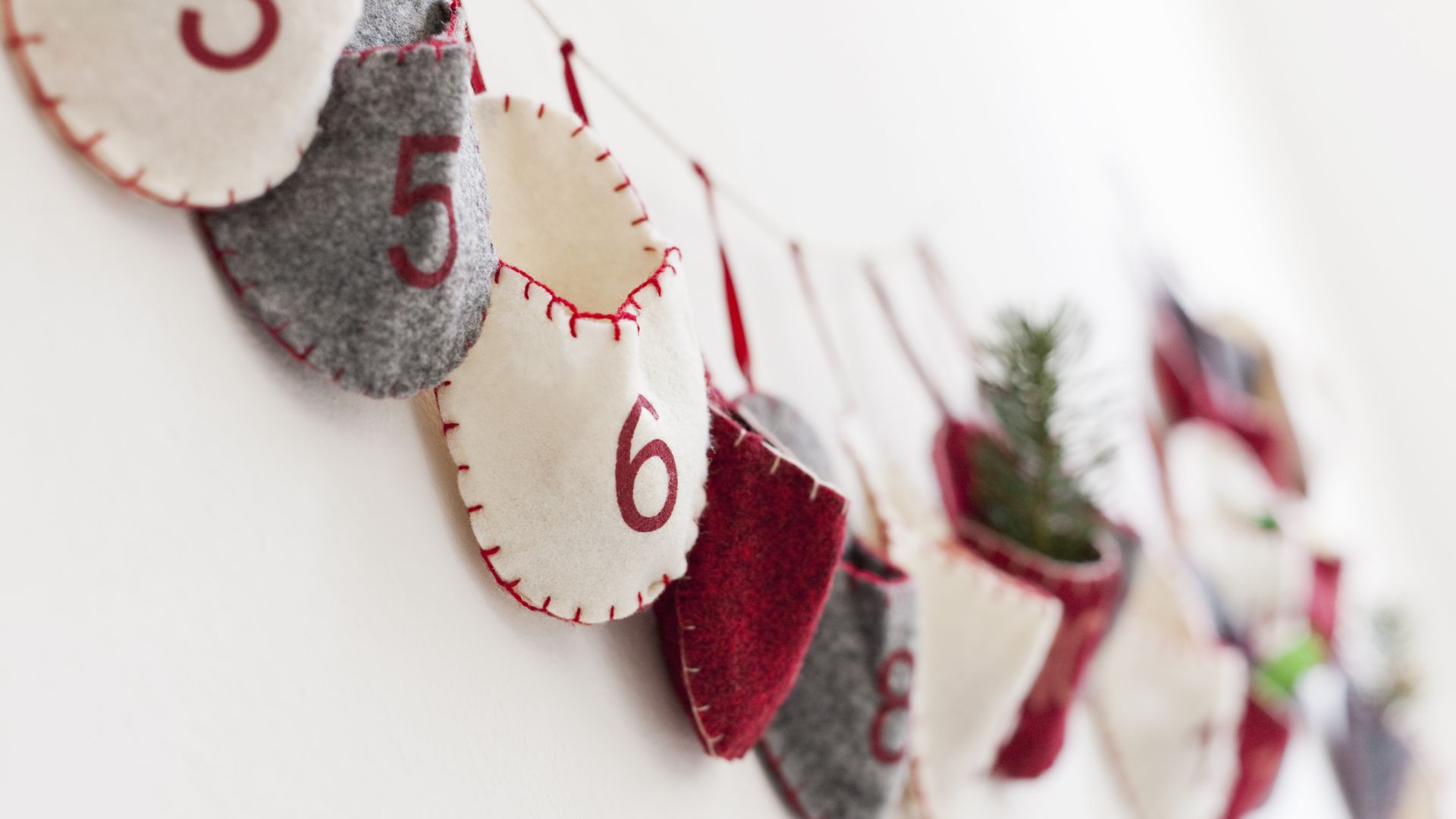 Advent calendar on the wall
©gettyimages (Nils Hendrik Müller)
Advent calendar on the wall
©gettyimages (Nils Hendrik Müller)
En Alemania los calendarios de Adviento forman parte de las fechas prenavideñas igual que las galletas y el vino especiado caliente. Así se hace más corta la espera hasta el día de Nochebuena, sobre todo para los niños. El origen del calendario de Adviento se remonta a mediados del siglo XIX. Si en aquel entonces se contaban los días hasta la fiesta de Navidad arrancado hojas de calendario o con diversas estampas, hoy en día la mayoría de los calendarios de Adviento contienen dulces o pequeñas sorpresas. Son muchas las familias que confeccionan y rellenan amorosamente estos calendarios en casa. Tienen que estar terminados a más tardar la noche del 30 de noviembre porque del 1 al 24 de diciembre hay que abrir una puertecita o un paquetito cada día. En algunos municipios y ciudades se preparan calendarios de Adviento “a lo grande”. Por ejemplo, todos los años el ayuntamiento de Hanau, en Hesse, se transforma en un calendario de Adviento de proporciones gigantescas. Cada noche se abre una ventana con motivos iluminados tomados de los cuentos de los hermanos Grimm.
Aquí es donde las cosas se ponen navideñas: mercados navideños
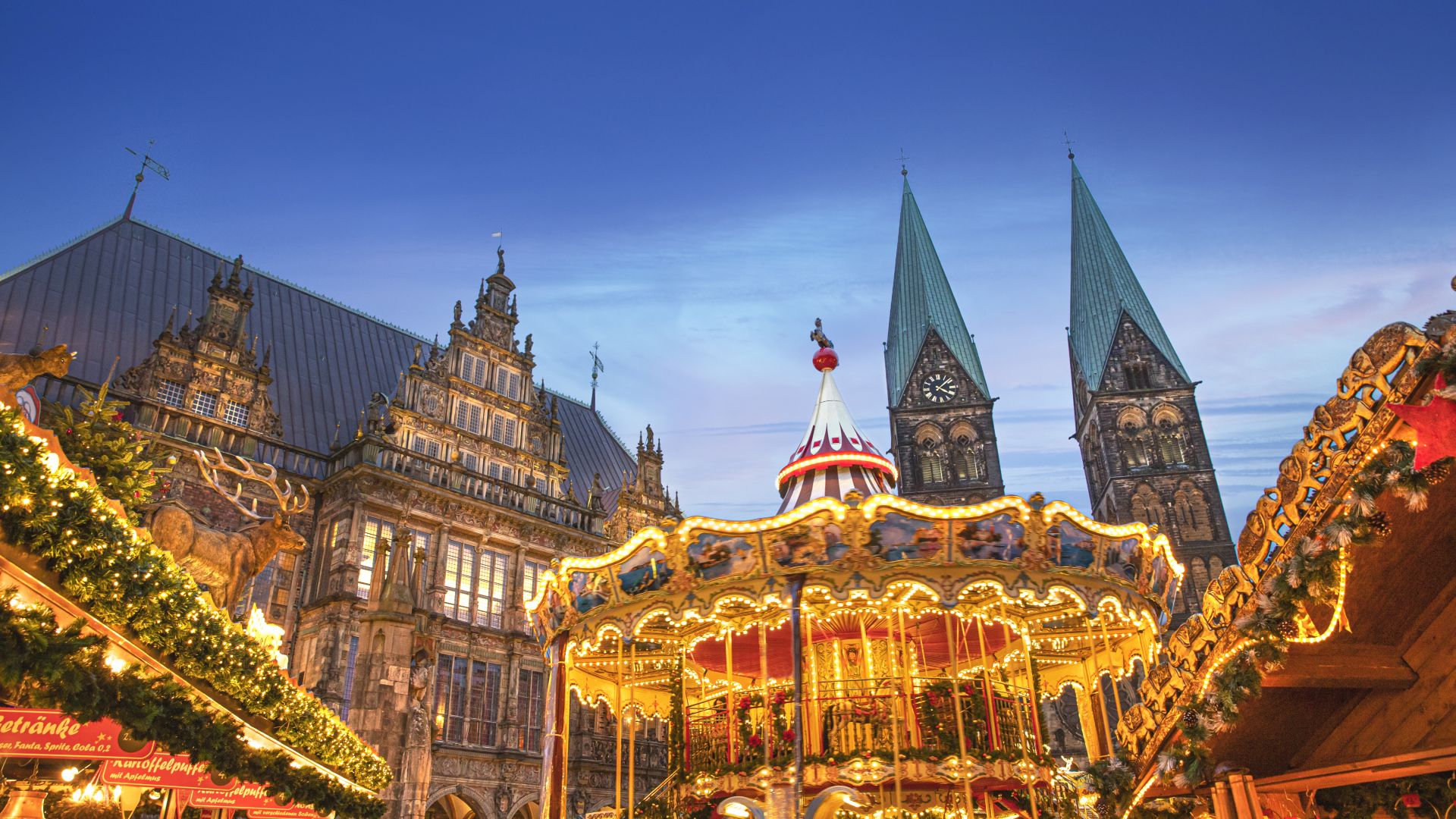 Bremen: Christmas Market on the Market Square
©WFB Bremen (WFB Carina Tank)
Bremen: Christmas Market on the Market Square
©WFB Bremen (WFB Carina Tank)
Los mercados navideños son una atracción para grandes y pequeños, e invitan a dar un paseo por las callejuelas decoradas con motivos navideños. Si tiene hambre, puede merendar pan de jengibre, manzanas de caramelo, stollen navideño y castañas calientes. Se ofrecen tallas de madera de los Erzgebirge, adornos artísticos de cristal o artículos únicos hechos a mano de la región como adornos navideños o regalos navideños sostenibles para los seres queridos.
Zapatos fuera: Santa Claus trae manzanas, nueces y dulces
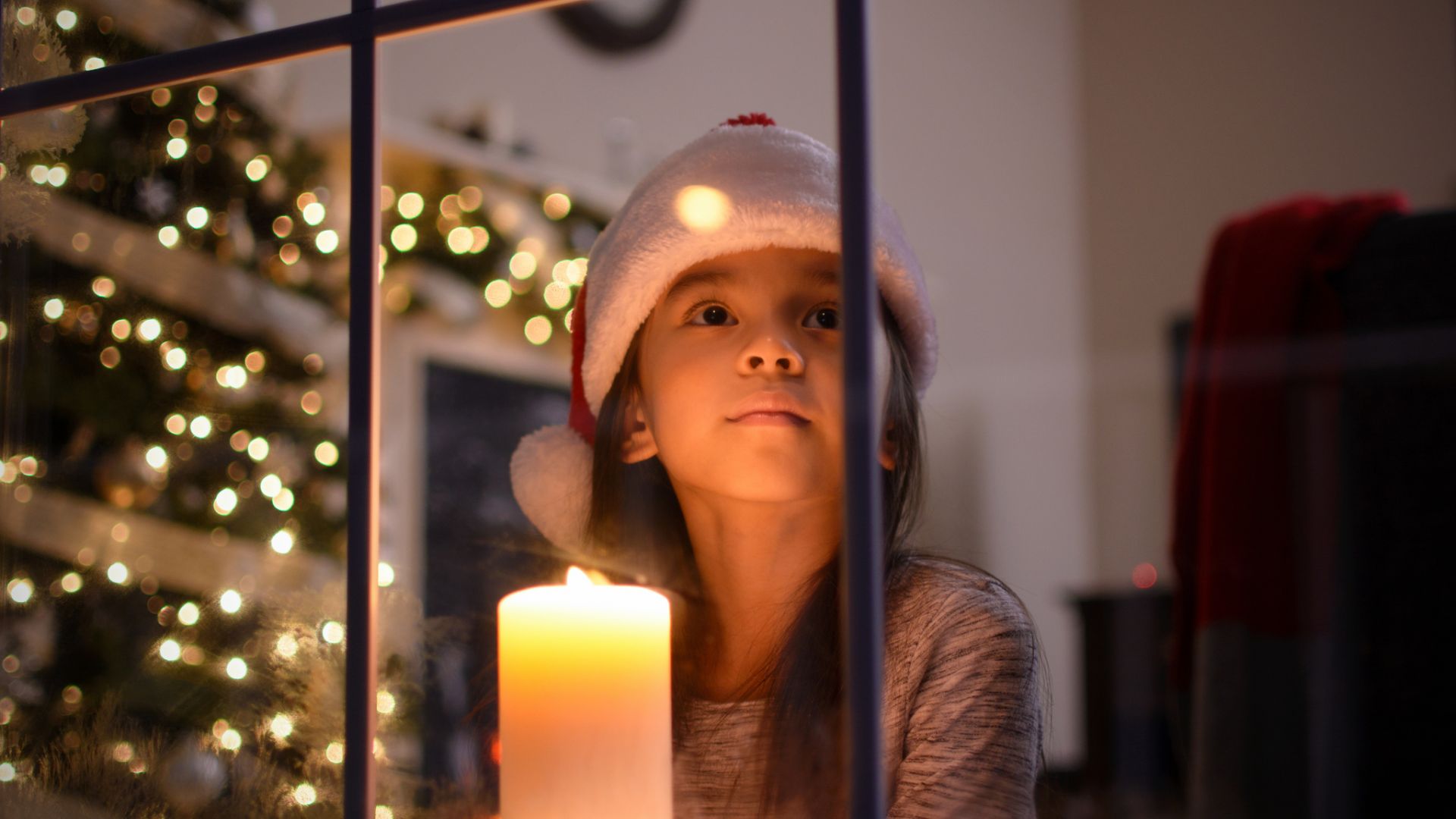 girl looking out the window on Christmas
©gettyimages (CLM Images)
girl looking out the window on Christmas
©gettyimages (CLM Images)
Todos los años el 6 de diciembre los ojos de los niños brillan llenos de ilusión. El día de San Nicolás, que en el siglo IV fue obispo de la ciudad de Myra, en la actual Turquía, está vinculado con muchas tradiciones en todo el mundo cristiano. En Alemania la víspera de esa fecha los niños dejan sus botas bien limpias en la puerta de casa esperando encontrarlas al día siguiente llenas de golosinas, nueces, mandarinas y pequeños regalos. Según cuenta la leyenda por la noche San Nicolás pasa por las casas y premia a los niños buenos. A veces va acompañado por su ayudante, el mozo Ruprecht, y en las zonas rurales alpinas también visita las casas el terrorífico Krampus.
Diciembre para amantes de la comida: galletas, "stollen" y pan de jengibre
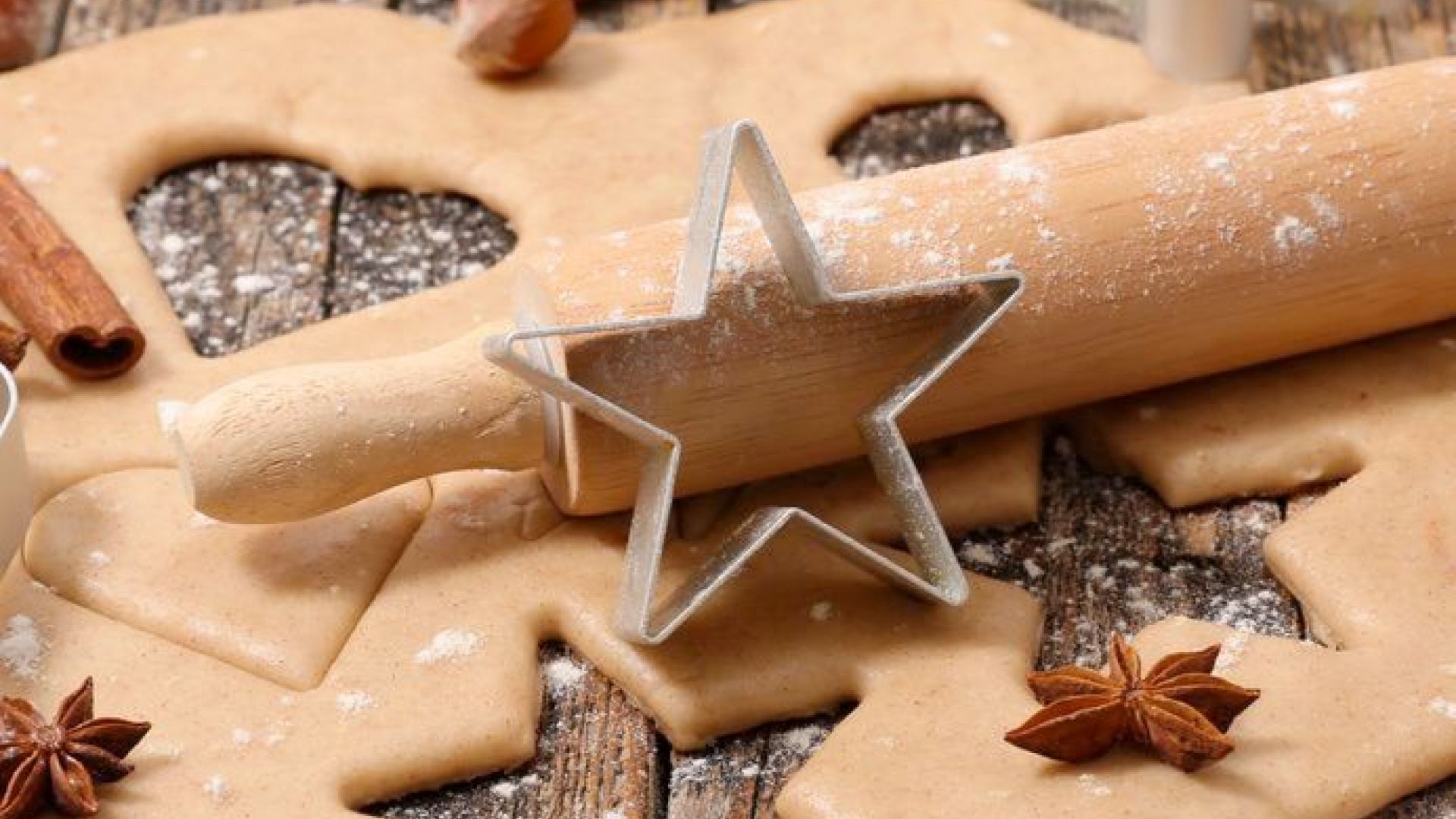 baking christmas cookies
©Fotolia (M.Studio #122266475 (jetzt bei: https://de.stockfresh.com/image/7396692/baking-christmas-gingerbread))
baking christmas cookies
©Fotolia (M.Studio #122266475 (jetzt bei: https://de.stockfresh.com/image/7396692/baking-christmas-gingerbread))
La temporada de Adviento es la época de los festejos. Comienza ya a principios de diciembre con el horneado de galletas. A los niños les encanta amasar la masa, hacer forma a las galletas con moldes navideños y decorarlas con glaseado de colores, almendras o perlas dulces. Las estrellas de canela con glaseado de azúcar, nueces de pimienta picante y medias lunas de vainilla en polvo son especialmente populares. Algo que no puede faltar en las recetas culinarias navideñas es el Stollen de Navidad, que varía dependiendo de las recetas familiares, pero que sobre todo cuenta con masa de levadura, mantequilla, pasas y nueces. El Stollen de Navidad de Dresde es famoso en todo el mundo y se sigue cocinando según una receta especial desde el siglo XV. También las galletas de Navidad alemanas son muy populares en todo el mundo. El pan de jengibre, por ejemplo, es muy popular, especialmente como "Nürnberger Lebkuchen". Estos están acompañados por el jugoso Printen de Aquisgrán y el delicioso mazapán de Lübeck.
Más información en la página de la campaña.
Winter and Christmas
Close your eyes and let yourself be acoustically enchanted by the diverse impressions on your journey through Germany!
Intro with music:
“Experience Germany – A Surprising Journey of Discovery”
INTRO
In the run-up to Christmas, the smell of roasted almonds, gingerbread and mulled wine is found everywhere in Germany. Each city has its own Christmas market. One of the most famous is the Nuremberg Christkindlesmarkt and it is opened by the Christ Child himself, says City Councilor Dr. Michael Fraas.
OST Dr. Michael Fraas, Nuremberg, Bavaria
Man: It is the Friday of the first Advent weekend, it is dark at the main market. All the lights will be turned off, including those in surrounding buildings and stalls. The square is dark. Then a big spotlight comes on, directed at the balcony of the Frauenkirche, and suddenly the Christ Child is standing there in his golden robe and crown and says: “The Christ Child invites you to his market and everyone is welcome.”
And the oldest German Christmas market is actually the Striezelmarkt in Dresden, dating back to 1434. Like Nuremberg with its gingerbread, Dresden’s Christmas market is also associated with a famous pastry, reports Veronika Hiebl of Tourismus Marketing Gesellschaft Sachsen.
OST Veronika Hiebl, Dresden, Saxony
Woman: The Dresden Striezelmarkt and the Dresden Christstollen share a common history, and this history continues to this day, as the Dresden Striezelmarkt owes its name to the traditional pastry originally known as Striezel.
But when it comes to the capital city of Christmas markets, Christian Tänzler of Visit Berlin clearly sees this as the German capital, with more than 50 themed markets ranging from royal to urban.
OST Christian Tänzler, Visit Berlin
Man: We have a Christmas market for dog lovers, for example. Of course, we also have nice things like a children’s Christmas market, a winter camp for the LGBTQI community, we have an old railroad, which is a bit magical and atmospheric in an old locomotive shed. And, what is very, very important in Berlin is the issue of sustainability. We have an organic market at Kollwitz Square. Therefore, everyone can find what they are looking for.
The 17 Christmas markets in “Holy Hamburg” also range from the cheeky and frivolous “Santa Pauli” on the Reeperbahn to maritime Christmas flair, explains Guido Neumann from Hamburg Tourismus.
OST Guido Neumann, Hamburg Tourismus
Man: We have a Christmas market in the Hafencity right on the waterfront, overlooking the harbor, a Christmas market around the Binnenalster lake or there are two Christmas markets on the waterways, on the canals. In addition, there are many things that take place on ships: Christmas fairy tales on steamboats on the Alster river, boat trips and Christmas-themed cruises on the Elbe through the brightly lit harbor.
Grog instead of mulled wine, fish sandwiches instead of the usual bratwurst. But stollen, cookies, Santa Claus, Christmas carols and Advent calendars are also part of the Advent season. According to the Guinness Book of Records, the largest Advent calendar house in the world is located in the Black Forest, according to Oliver Gerhard, spokesman for the town of Gengenbach.
OST Oliver Gelhardt, Gengenbach Advent calendar, Baden-Württemberg
Man: The town hall happens to have 24 windows, and this town hall is illuminated and becomes a giant Advent calendar, and every evening at 6 pm a window opens. The special thing about the Gengenbach Advent calendar is that great artists are always included. We already had paintings by Chagall, by Tomi Ungerer … There is always great art in these windows.
If you want to see the German cities with the most beautiful Christmas decorations through a window, you can book river cruises to romantic winter destinations on the Rhine, Danube or Elbe. From November to March, so-called winter punting trips are also offered on the Spreewald, says Patrick Kastner from Reiseland Brandenburg.
OST Patrick Kastner, Spreewald, Brandenburg
Man: These are unique Winter moments to enjoy snuggled up in a warm wool blanket with mulled wine in hand. You can listen dreamily to stories of the bargemen, who stand at the end and steer the ship almost like a gondola in Venice.
If you travel to Germany’s northernmost tip, you can find fir trees in Freest and on the island of Rügen, which are decorated with apples, potatoes and rose hips instead of baubles, angels and tinsel, because that’s where Lütten Christmas is celebrated, the Christmas festival of animals based on a book by Hans Fallada, explains Kathrin Hackbarth from Tourismusverband Mecklenburg-Vorpommern.
OST Kathrin Hackbarth, Mecklenburg-West Pomerania: Lütten Christmas
Woman: The animals also find it difficult to find the appropriate food: there is snow on the Baltic coast in some places. So the idea came up to create edible ornaments. These can be titmouse rings, carrots, clay pots filled with lard and seeds or fruit, which are then laid out for the animals.
A small joy for the forest animals in the snow. And the snow also makes skiers happy, especially in the Bavarian Alps and the Black Forest. But there are also lifts on the Wasserkuppe mountain in Hesse, on the Fichtelberg in Saxony and on the Erbeskopf in the Palatinate. And Andreas Lehmberg from the Harzer Tourismusverband recommends winter vacations in Lower Saxony and Saxony-Anhalt.
OST Andreas Lehmberg, Harz ski resorts
Man: There are large ski resorts for alpine skiing in Braunlage on the Wurmberg or the Matthias-Schmidt-Berg in Sankt Andreasberg, and in the ski resort on the Bocksberg mountain in Hahnenklee. Those are the big ones. In addition to alpine skiing, cross-country skiing in the Harz Mountains is of course very exciting, where we have over 500 km of cross-country trails. And also, the Harz Mountains are very important when it comes to tobogganing, because from the north we are the first mountain range where you can go tobogganing on a longer stretch. That is why we have a dense network of winter hiking trails prepared.
If you want to get really active this winter, you’ll find plenty of sporting highlights at the Olympic base in Oberhof in the Thuringian Forest, reveals Thuringian sports journalist Katja Bauroth.
OST Katja Bauroth, Oberhof, Thuringia
Woman: There is the ski jump. Walking up and down the steps is great for the leg muscles. You will meet international athletes in the biathlon stadium on the Grenzadler. It is also possible for tourists there to have a go at the targets themselves. The cross-country ski hall allows year-round cross-country skiing and you can also meet the international crème de la crème of Nordic skiing there.
Well then, have fun in Germany in the wintertime!
OUTRO